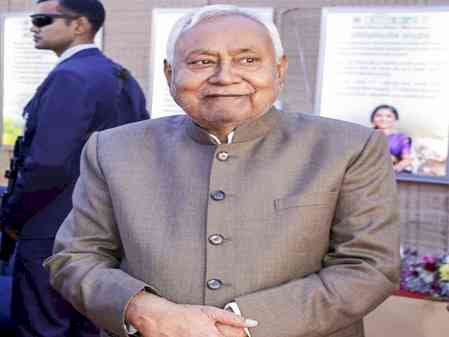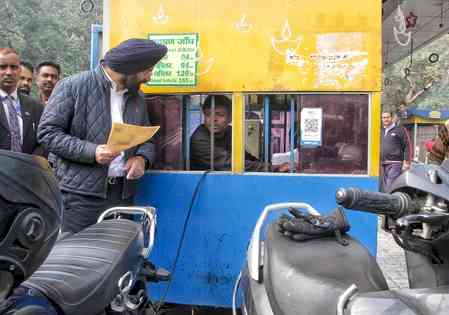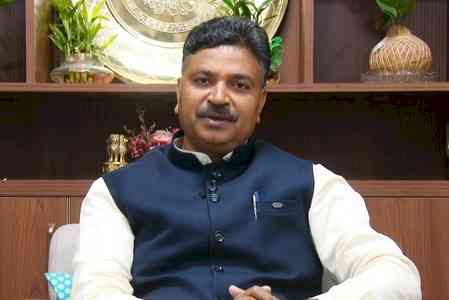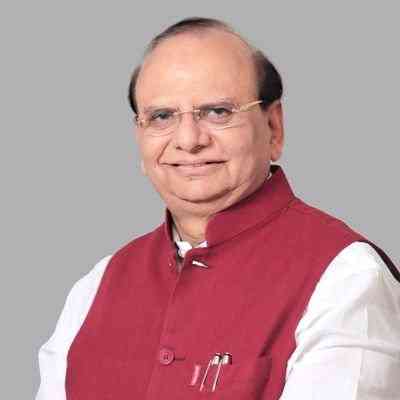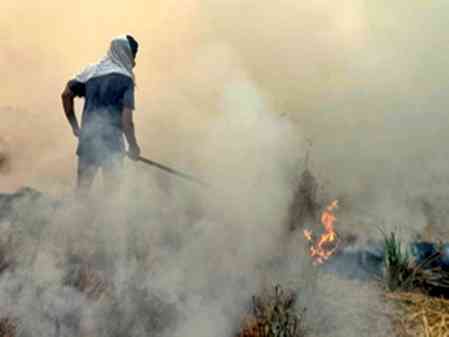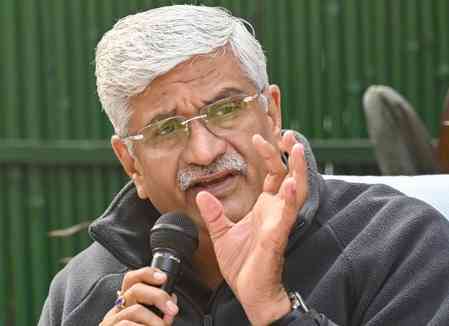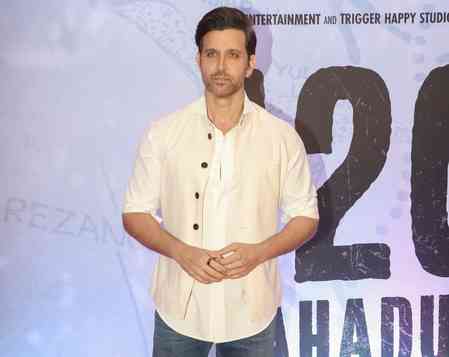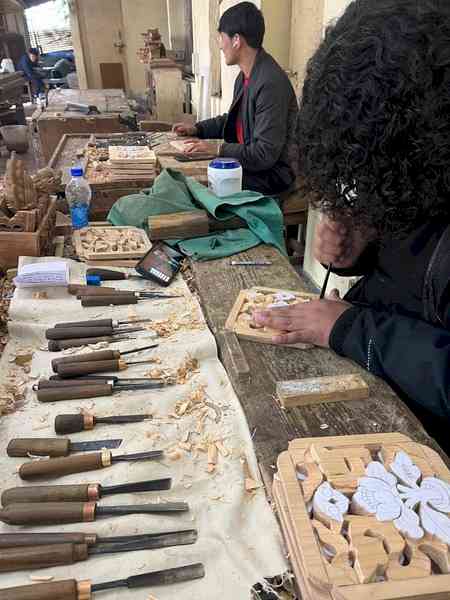New quota cap may be Nitish's trump card against BJP in 2024 LS polls
With the Lok Sabha elections slated to be held within six months in the country, the Mahagathbandhan government under the leadership of Chief Minister Nitish Kumar in Bihar, put the BJP on the back foot with two major achievements.
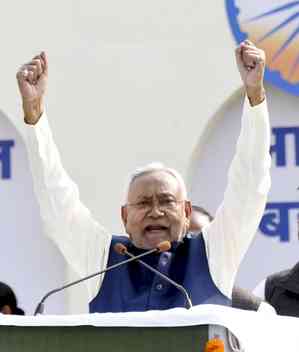
Ajay Kumar
Patna, Dec 3 (IANS) With the Lok Sabha elections slated to be held within six months in the country, the Mahagathbandhan government under the leadership of Chief Minister Nitish Kumar in Bihar, put the BJP on the back foot with two major achievements.
While the first feather in the Nitish Kumar Government’s cap was the successful caste survey, the second was reservation up to 75 per cent for EBCs, OBCs, SCs, STs and 10 per cent quota for the Economically Weaker Section (EWS) in the upper castes.
Now, it looks like the leaders of the JD(U) and RJD will make strategies only on these lines to defeat the BJP and other NDA leaders.
Neeraj Kumar, MLC and chief spokesperson of the JD(U) said, “EWS reservation is not implemented in 12 states of the country. I want to ask BJP leaders why there is 10 per cent reservation for EWS people in General Category in Manipur, Arunachal Pradesh, Lakshadweep, Sikkim, Meghalaya, Mizoram, Nagaland, Andaman & Nicobar Islands, Puducherry and in Chandigarh?”
“In India the Constitution drafted by Baba saheb Ambedkar is implemented and reservation is the right of the poor of the country,” Kumar said.
Reacting to Neeraj Kumar’s claim Arvind Kumar Singh, senior leader and spokesperson of the BJP said, “Neeraj Kumar is talking about reservation in northeastern states but he does not know that the maximum population of those states is tribal. The Narendra Modi Government has given 80 per cent reservation to them and hence the JD(U) leader talking about 10 per cent reservation in EWS General Category is just a political gimmick.
“Neeraj Kumar is trying to analyse the caste equations of the entire country on the basis of Bihar which is not wise. Does the Bihar Government have the guts to give 100 per cent reservation in the state? The answer is ‘no’. They cannot give 100 per cent reservation and do not have the guts to give reservation according to the populations of particular castes.
"In many states like Himachal Pradesh, Rajputs come under the OBC category. Similarly, in many states Kurmi people are considered upper castes. So whatever, Neeraj Kumar is saying is not right. He is doing a political gimmick in Bihar to mislead the people and get their votes. Elections cannot be won through deceit.”
Why do quotas matter for the JD(U) in Bihar?
In the 2020 Assembly elections, the JD(U) was in the third position and the biggest reason for this was the fact that EBC votes were cut by leaders like Chirag Paswan.
This time, too, Chirag Paswan represents Dushadh (Pasi) voters in Bihar and they have a huge population. Jitan Ram Manjhi is another leader who represents the Musahar community. Upendra Kushwaha and Samrat Choudhary represent the Koiri caste which is the core vote bank of Nitish Kumar.
JD(U) leaders have limited options of intruding into the Dalit and Mahadalit vote banks and hence reservation up to 75 per cent could prove to be a trump card for Nitish Kumar in the Lok Sabha elections.
The party is projecting Dalit leaders like Ashok Chaudhary and Ratnesh Sada and organising events like ‘Bhim Sansad’ in Patna to give a message to Dalit and Mahadalit communities that Nitish Kumar is a trusted leader for them and 75 per cent reservation is an example of it.
The 10 per cent reservation in the upper caste EWS category is for the simple reason that upper caste people in Bihar are the core voters of the BJP.
The state government also knows the strength of the EWS in the upper caste through the caste-based survey. So, the JD(U) is hoping that a sizable number of the voters in the upper caste EWS would become silent voters of the JD(U) in the Lok Sabha elections and the Assembly polls in 2025.
What is Nitish Kumar's biggest challenge?
The biggest challenge for the Nitish Kumar government, are the people living Below the Poverty Line (BPL), as their number is very high. As per the caste-cum-economic survey, 25 per cent people under the General Category have a monthly income of Rs 6,000.
While 23 per cent have a monthly income between Rs 6,000 to Rs 10,000 and 19 per cent people have incomes between Rs 10,000 to Rs 20,000, almost 16 per cent of the population has an income between Rs 20,000 to Rs 50,000 and 9 per cent people have an income of more than Rs 50,000.
In Other Backward Castes, 33 per cent people have a monthly income of Rs 6000 and 29 per cent of them have a monthly income between Rs 6000 to 10,000, while 18 per cent have an income between Rs 10,000 to 20,000 and 10 per cent people have an income between Rs 20,000 to 50,000 and 4 per cent of them have income above Rs 50,000 per month.
In Extremely Backward Castes (EBC), 33 per cent earn Rs 6000 per month, 32 per cent people have an income between Rs 6000 to Rs 10,000, while 18 per cent get between Rs 10,000 to Rs 20,000 and 8 per cent earn between Rs 20,000 to Rs 50,000 and just 2 per cent have income above Rs 50,000 per month.
In the Scheduled Castes, 42 per cent people earn Rs 6000 per month, 29 per cent people have income between Rs 6000 to Rs 10,000 monthly, 15 per cent people have income between Rs 10,000 to Rs 20,000 while 5 per cent people have income between Rs 20,000 to Rs 50,000 and 1 per cent people have income over 50,000 per month.
In the Scheduled Tribes, 42 per cent people have income of Rs 6000 per month, 25 per cent have income between Rs 6000 to Rs 10,000 and 16 per cent have income between Rs 10,000 to Rs 20,000 while 8 per cent earn between Rs 20,000 to Rs 50,000 and 2.53 per cent get over Rs 50,000 per month in Bihar.
An expert's take: Dr Sanjiv Mishra, former Principal Chief Controller of Accounts, CBIC, Union Finance Ministry, said, “The recent caste-cum-economic survey indicates that a large number of people in every category, including upper castes, EBCs, OBCs, SCs and STs have a monthly income of up to Rs 6,000 per month. How will a family live in just Rs 6,000?
"The state government needs to present a blueprint of how it will enhance the earnings of individuals. I also want to point out that the state GDP in 2011-12 was 2.57 per cent and it has increased to 2.75 per cent in the last 10-11 years. So, the picture is gloomy here and it needs serious thinking on how to implement policies for the betterment of the common people of Bihar, especially the BPL category.”
--IANS
ajk/rad


 IANS
IANS 
